
Find out how much a soil test costs and what you get for your money with our expert guide. Know what to budget for different types of soil tests.
Grow gardenias and make garden visitors go gaga


Gardenia plants are ornamental evergreen shrubs
Gardenias are known for their sweet perfume
They can be grown outdoors in Zones 8 to 11, and sometimes 6 and 7
Gardenias need humidity, bright light, and acidic soil
The intoxicating aroma. The thick, leathery leaves. The waxy white flowers. Native to Southern China and other tropical parts of East Asia, gardenias have spread around the world due to their peerless charm.
You may have enjoyed them on a corsage or in a bouquet and wondered if you could grow gardenias in your own home. We’ve got you covered; read on to find the details you need to find out what it takes to grow and care for gardenia plants, whether in your garden or as a potted indoor houseplant.
Gardenias are evergreen ornamental shrubs. The plants can grow as high as 8 feet tall, though there are smaller species available, down to dwarf varieties. Gardenias typically bloom over the spring and summer, but some varieties experience an additional fall bloom in some climates. They can be used as shrub borders and landscape accents or planted in indoor containers.
Named for the 18th-century botanist and physician Alexander Garden, the plant has accumulated a rich array of cultural associations. The favorite of Sigmund Freud, the flowers were once sported by men in Europe and the United States—and later by the legendary Hattie McDaniel, who wore them on her hat when she accepted the first Academy Award given to an African American actor.
Gardenias are fussy. If you want to bring their unforgettable scent to your home, you need to make sure the conditions in which they are growing are just right, since the wrong move can inhibit the flourishing of these temperamental plants.
Among their key care requirements:
Outdoors, gardenias thrive in plant hardiness zones 8 to 11—but in recent years, growers have bred new cultivars that can live in Zones 6 and 7 as well.
In warmer climates, gardenias do best when receiving morning sun and afternoon shade.
A spot with light covering is ideal in regions with hot, sunny summers.
In the coldest of viable regions, it’s best to opt for full, all-day sun.
Plant gardenias in acidic soil, between 5.0 and 6.0 pH. They require a nutrient-rich bed, so make sure to feed it with compost, manure, or peat moss.
Native to the tropics, gardenias require heavy humidity both to reach full maturity and to evade the threat of spider mites, which can quickly take over dry plants. Mist them daily.
Outdoors, the ideal temperatures for healthy gardenias range between 65 and 70 degrees Fahrenheit during the day and 60 to 65 degrees at night.
When kept indoors, gardenias need a room temperature between 55 and 75 degrees, as well as sunlight and humidity.
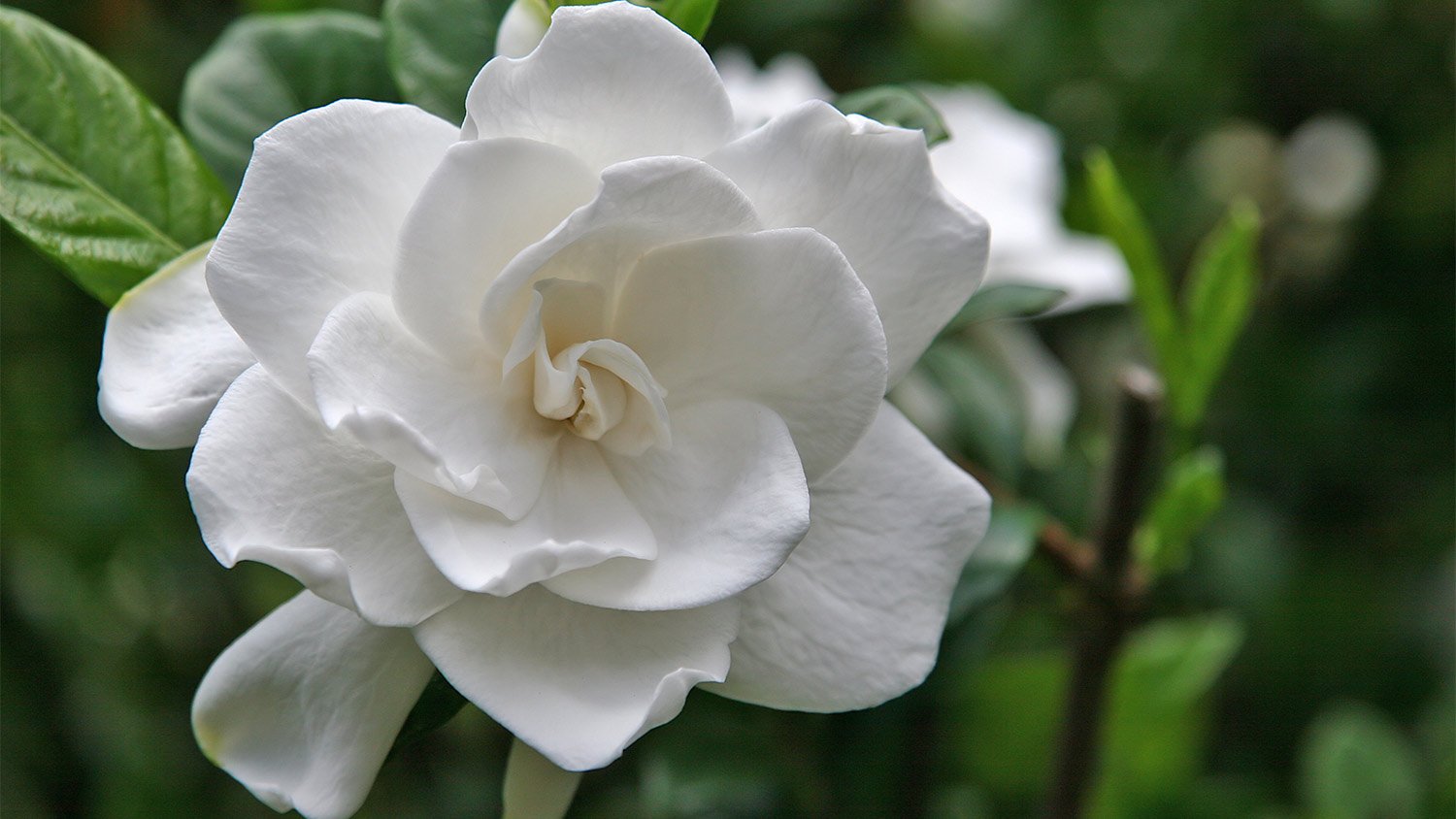
If grown from seeds, gardenia plants take about two to three years to flower. Most home gardeners plant mature potted specimens. They are also easily propagated from the tip of a branch.
Plant your gardenia shrub in autumn or spring. Dig a wide hole and add bark or compost to facilitate proper drainage. Gardenia roots spread widely and can fare poorly in competition with other plants,
Make sure the plant receives a minimum of 1 inch of water per week, and don’t let it dry out between waterings. Keep the soil moist, but well-drained. Gardenias can suffer due to both under- and over-watering, so maintain a balance.
Adding a layer of mulch 2 to 4 inches deep will help maintain the proper moisture level and soil temperature. Failing to keep this regimen consistently can result in the loss of buds and leaves.
Gardenias need frequent feeding. Fertilize them every two to four weeks during the growing season, which runs from March to October. Select a fertilizer for acid-loving plants. The plants also respond well to the addition of acidic substances like coffee grounds, fish emulsion, and blood meal.
To keep your outdoor gardenia healthy through the winter, add a thick layer of mulch around the plants before the first freeze. Gardenias suffer cold damage when the temperature drops below 15 degrees Fahrenheit.
If your yard will be seeing nights that cold, protect your gardenias by draping them in a breathable fabric. You can also bring them indoors for the colder months—transplant them in a mixture of two parts peat moss, one part houseplant soil, and one part sand or perlite.
When properly cared for in the right conditions, gardenias shouldn’t require much pruning. You can tip prune the plant toward the end of summer, when the plant is dormant, just after the white blossoms fade to brown. This encourages them to branch and grow compactly. Avoid pruning after autumn arrives; you may cut away newly set bulbs and inhibit the next spring’s growth.
If you live in a climate that’s too cold to host gardenias outdoors, or you simply prefer to keep them as houseplants, they can also be successfully cultivated in pots.
Use a loose, organic soil and keep it moist. As with outdoor care, overwatering is also a risk, so maintain good drainage.
Manufacturing humidity is key to successful indoor gardenia care. In dry air, the flowers will quickly wilt and fall from the shrub. Unfortunately, misting the plant indoors carries the risk of facilitating the growth of fungal leaf spots. Instead, use a humidifier or rest the plant on a tray of wet pebbles.
Bright light is also essential to keeping gardenias happy—and a room temperature between 55 and 75 degrees. Place the potted plants near southern facing windows. If a natural light source isn’t adequate, you will need to invest in grow lights or even consider setting up a grow room.
There are more than 250 different varieties of gardenia, coming in all manner of heights, flower sizes, leaf sizes, blooming times and durations, and colors. There’s a gardenia for every taste and many different growing situations.
Some of the most popular varieties include:
Gardenia jasminoides 'Veitchii': A popular container variety, they are considered the most reliably blooming gardenias.
Gardenia jasminoides 'Aimee': A large species celebrated for its substantial booms.
Gardenia jasminoides 'August Beauty': Particularly fragrant, these gardenias are noted for their dark green leaves and velvety flowers.
Gardenia jasminoides 'Radicans': A common dwarf plant, this petite species is heat and drought tolerant.
Gardenia jasminoides 'PIIGA-III' (or Sweet Star Gardenias): Hardy in zone 7, its compact flowers rebloom throughout the summer.
If you don’t have a green thumb, consider hiring a local gardener to get your gardenia garden growing.
From average costs to expert advice, get all the answers you need to get your job done.

Find out how much a soil test costs and what you get for your money with our expert guide. Know what to budget for different types of soil tests.
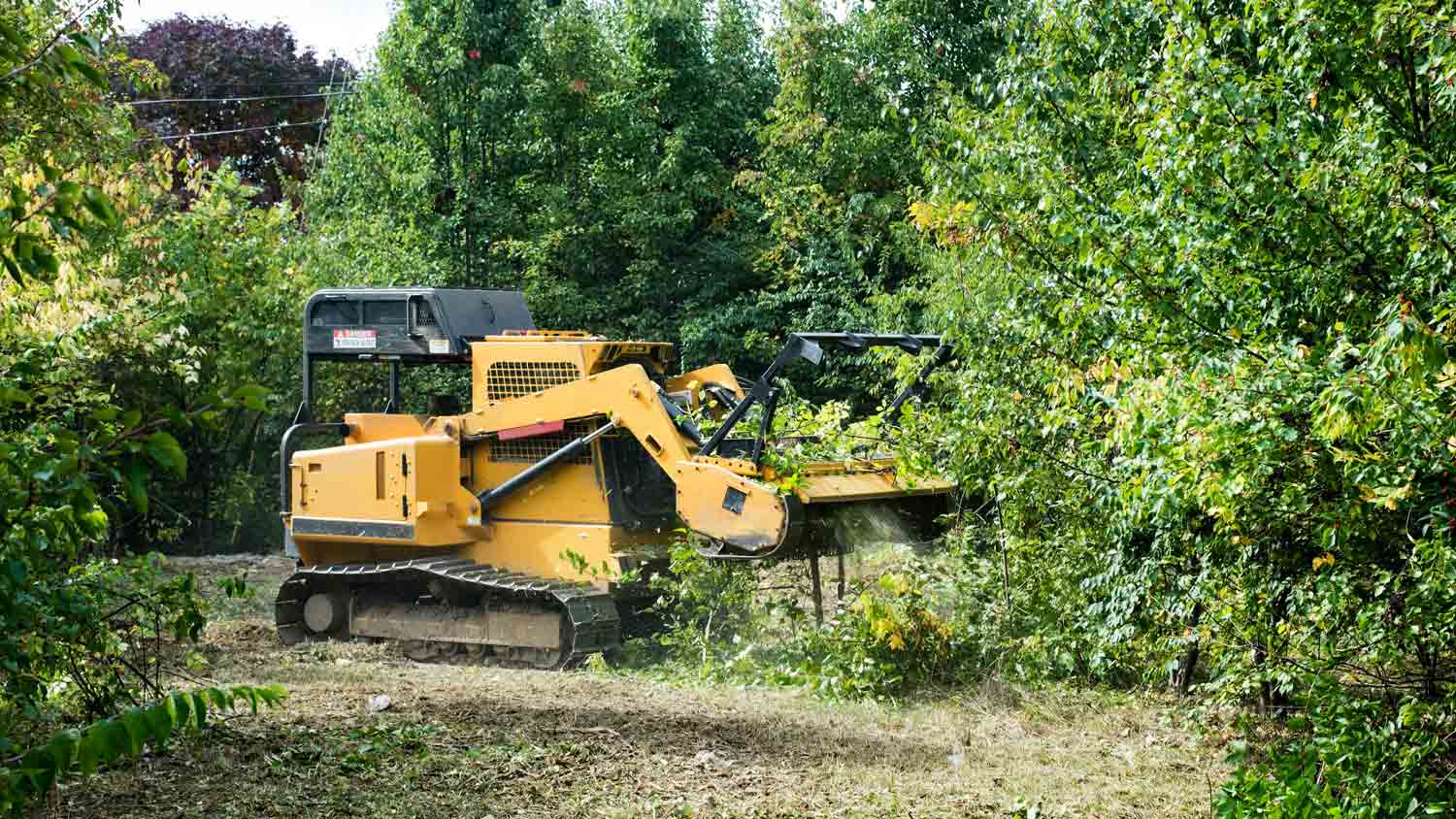
Discover the average forestry mulching cost, including per-acre and hourly rates, plus key factors that impact your total price. Get expert tips to save on your project.
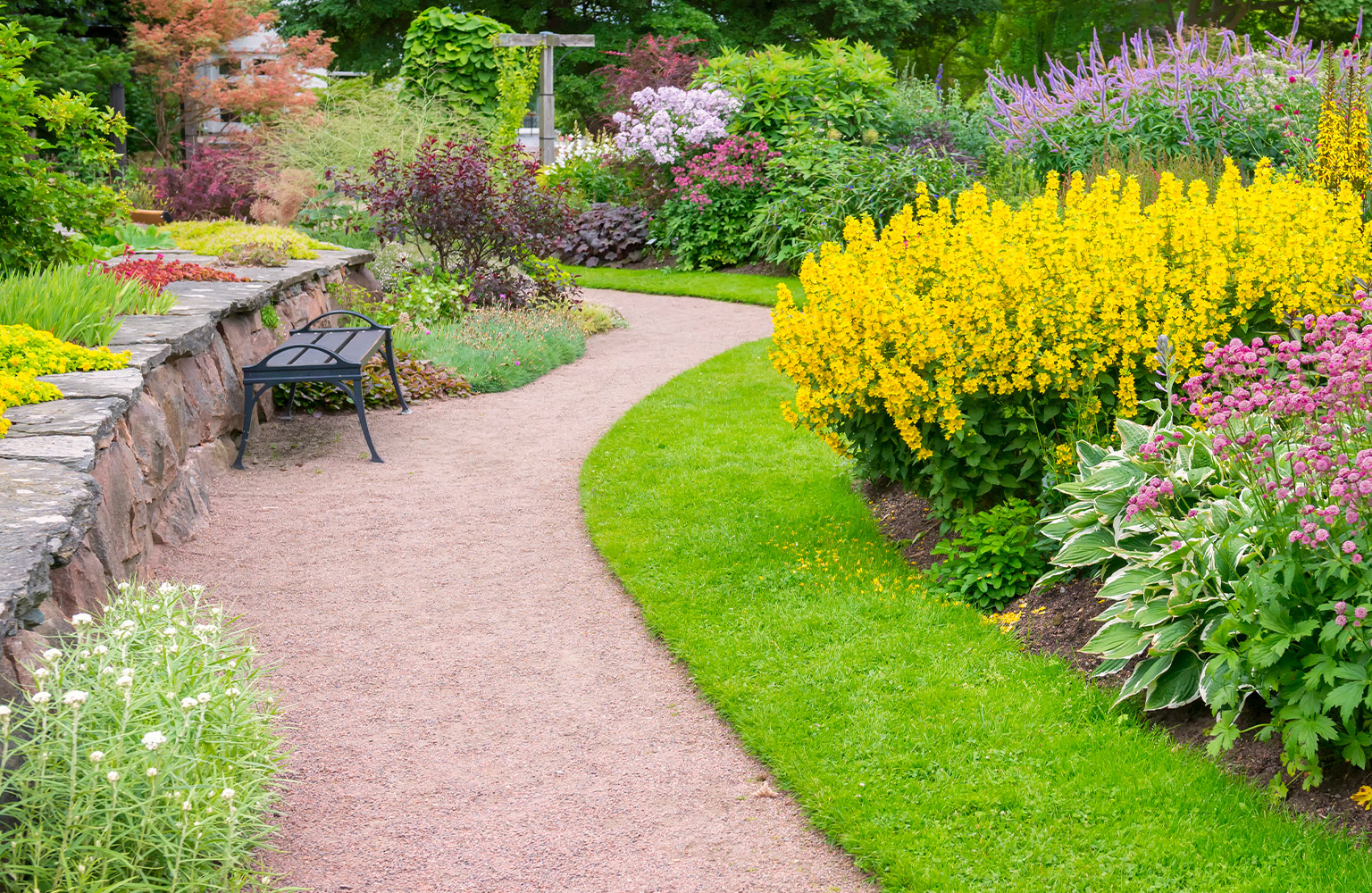
Discover the average sand delivery cost, key price factors, and tips to save on your next project. Get transparent, up-to-date estimates for sand delivery.
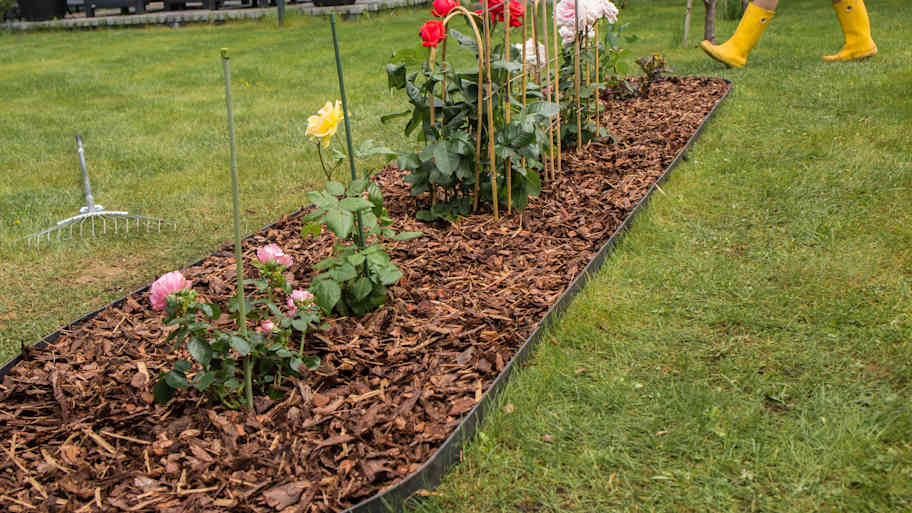
Not sure whether to use black or brown mulch? Learn how each type affects your soil, plants, and garden style so you can pick the right fit.
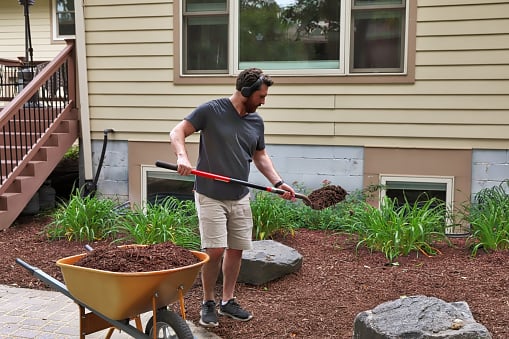
If you’re looking at your yard wondering, “How many bags of mulch do I need?” This calculator will help you determine the exact amount of mulch you should buy.
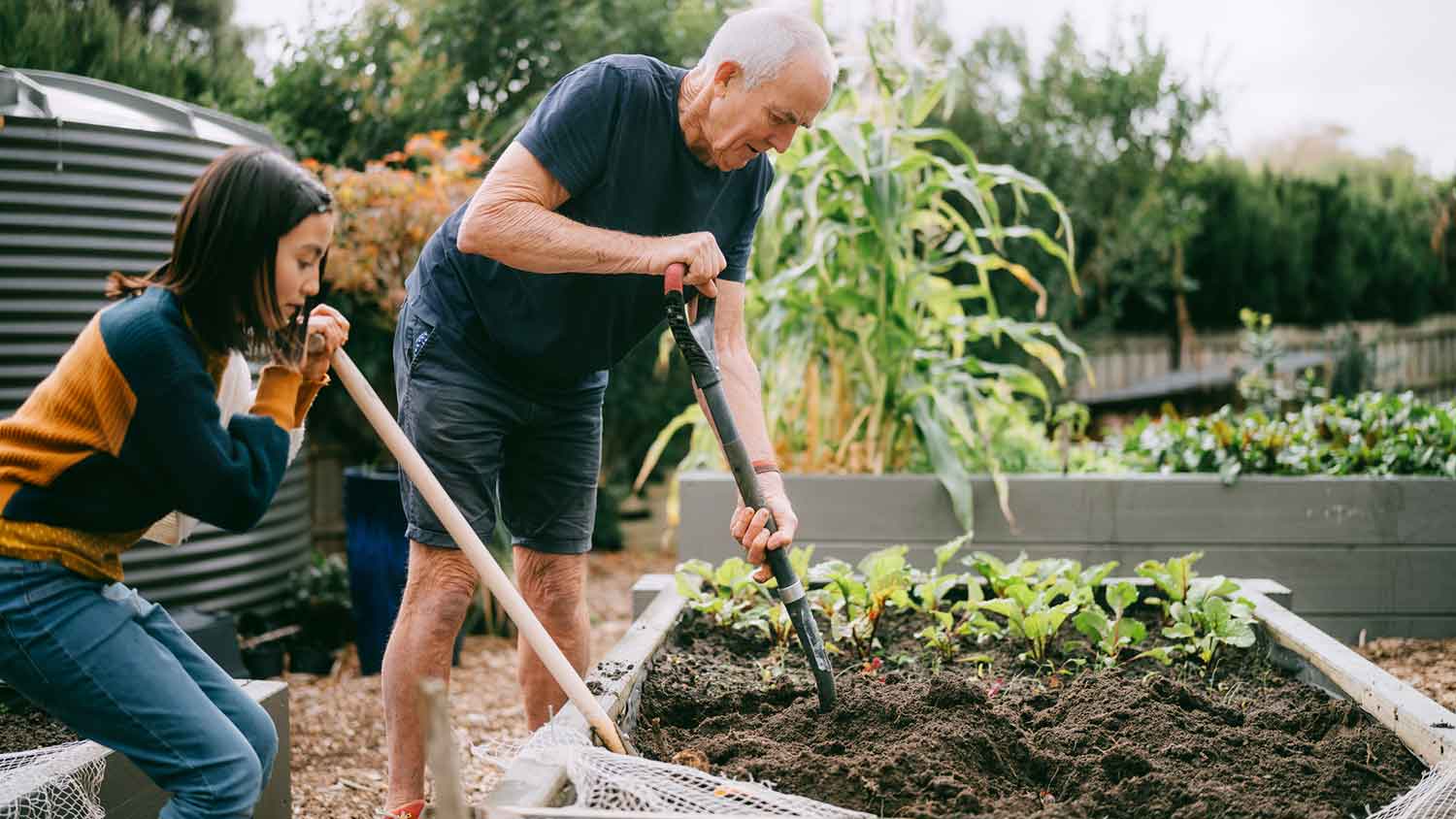
If you’re planning a garden and asking yourself, “How many yards of dirt do I need?” this dirt calculator will help you do the math to find the right number.